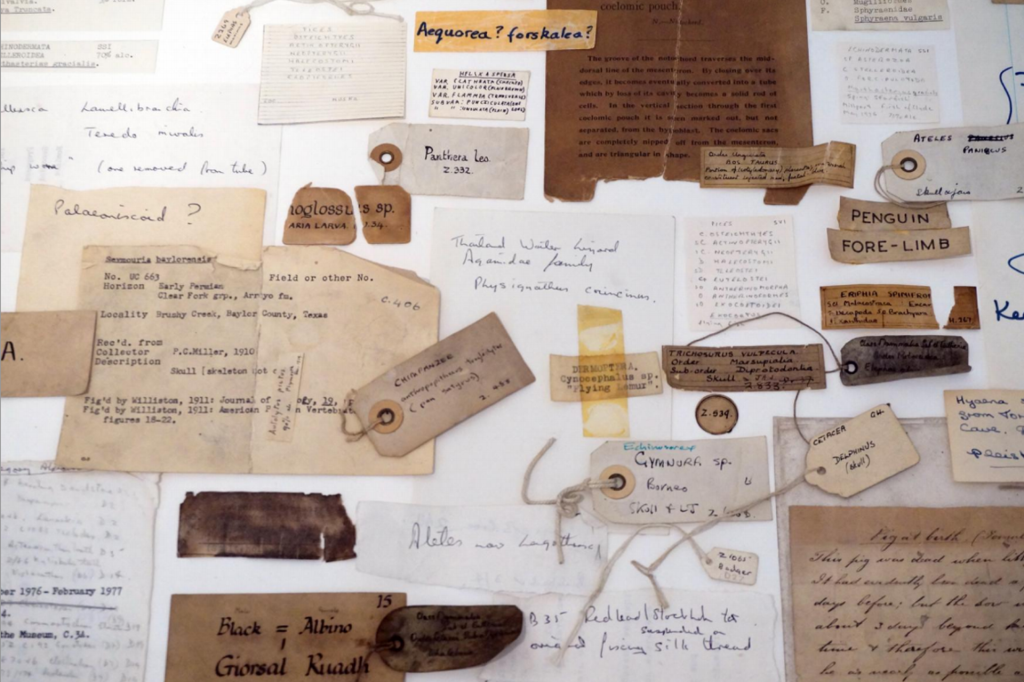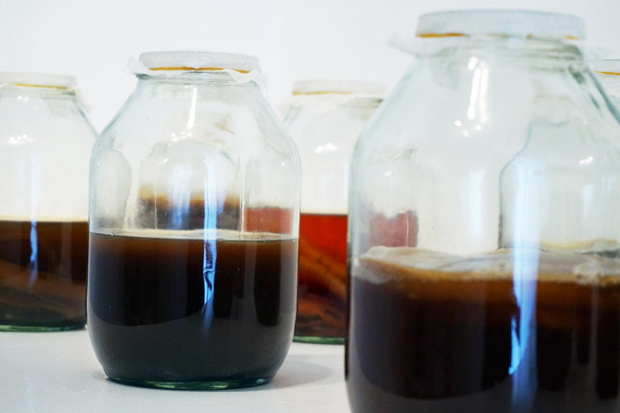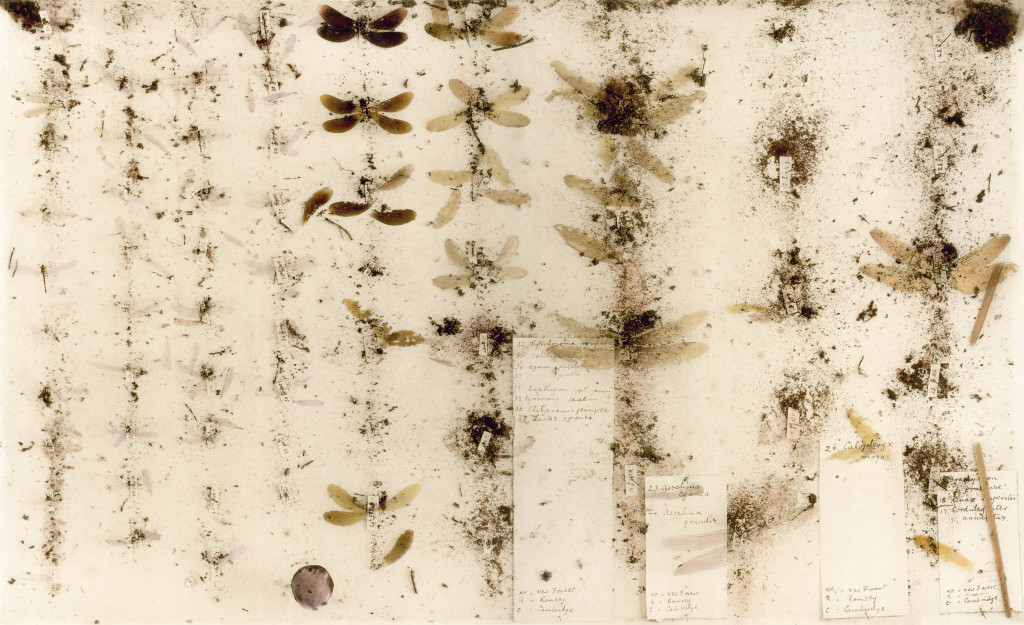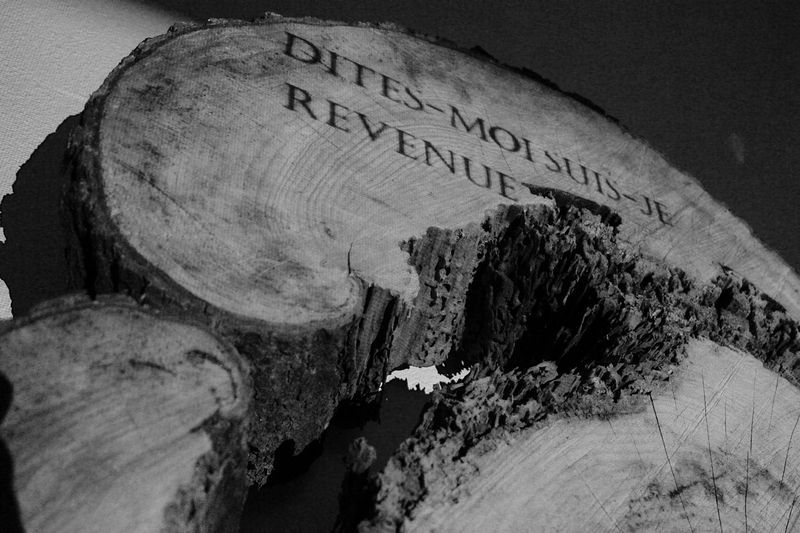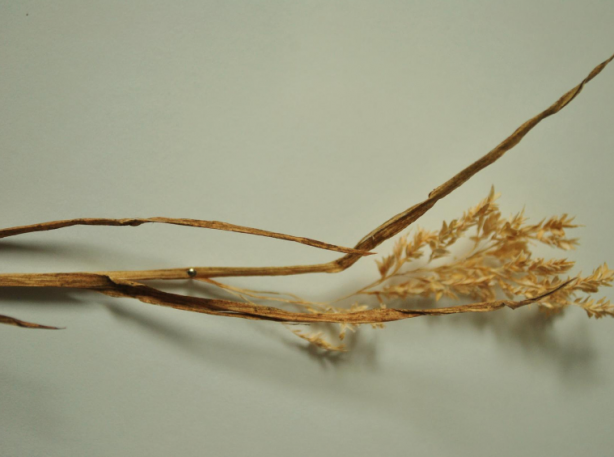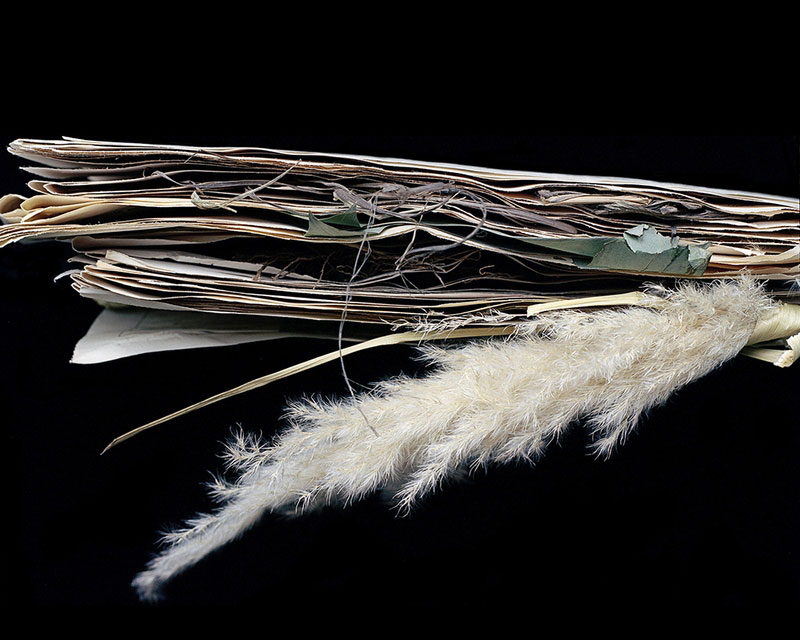
GV Art
26th July – 13th September 2013
Artists: Victoria Browne, Laura Culham, Amy Cutler, Charlie Franklin, Sally Ann McIntyre, Theresa Moerman Ib, Laura O’Neill, Liz Orton, Hestia Peppe, Helen Pynor, Anais Tondeur and Pauline Woolley.
With archival loans from: Grant Museum, South London Botanical Institute, UCL Geology Collections
GV Art is pleased to announce Nature Reserves, a new group exhibition curated by Tom Jeffreys. The exhibition seeks to examine human understandings of the natural environment, and features work across a rich range of media – photography, printing, sculpture, sound and projection – by 12 contemporary artists. In addition there are archival materials from a range of museums, universities and other institutions; field recordings of deceased species of birds; and an installation of a symbiotic colony of bacteria and yeast known as kombucha, from which visitors can take away samples to start their own culture at home.
Nature Reserves explores the way that our understanding of nature is influenced by different methods of constructing meaning – across literature, science and the arts – with specific reference to thinking around systems of archiving. Of particular interest is the two-way relationship between knowledge storage (classification, organisation etc) and knowledge creation, and the tangled effect this has on our changing conceptions of the natural world. Nature Reserves is also shot through with ideas around writing, printing and technology, as well as gender, legacy, death, domesticity and the problematic politics of collecting. In short, to borrow from the title of a work by Theresa Moerman Ib: what it means to leave an impression.
The thought processes behind the exhibition grew out of Splitters and Lumpers, a series of photographs by Liz Orton of as-yet unclassified plant specimens taken in the Herbarium at Kew Gardens. Around this central point extinct species are brought back to life in the sound work of Sally Ann McIntyre; Hestia Peppe explores the idea of memory in microorganisms; Amy Cutler splices twentieth century French poetry with dendrochronology samples; and Helen Pynor documents the decay of a 19th century insect collection.
Archival materials include European ferns collected in the early nineteenth century and held at the South London Botanical Institute; hand-specimens of volcanic rock from the Johnston-Lavis Collection, part of the Geology Collections at University College London; and labels dating back to the origins of the Grant Museum in 1828 that have since become separated from the specimens they once described.
Nature Reserves does not simply name the places where nature is reserved – fenced off from poachers, preserved in aspic, locked away in cabinets – but also operates as a statement. Nature, too, reserves: enacts a storage of information – in cells and seeds and sedimentary layers – that operates with reference to an uncertain future to come.
Download the exhibition catalogue for more information.
The exhibition was covered by:
ArtLyst (review by Beverley Knowles)
Culture24 (review by Mark Sheerin)
EarthLines (review by John Miller)
FAD (review by Camilla Nelson)
Monocle (radio interview)
PLOS (review by Johanna Kieniewicz)
Super-Collider (review by Cosima Gretton)
Trebuchet (review by Emma Crichton-Miller)
Urban Times (review by Frances Sampayo)
Velour Magazine (review by Mary Selman)
Wired (review by Olivia Solon)
